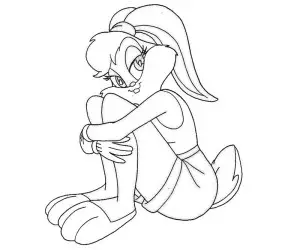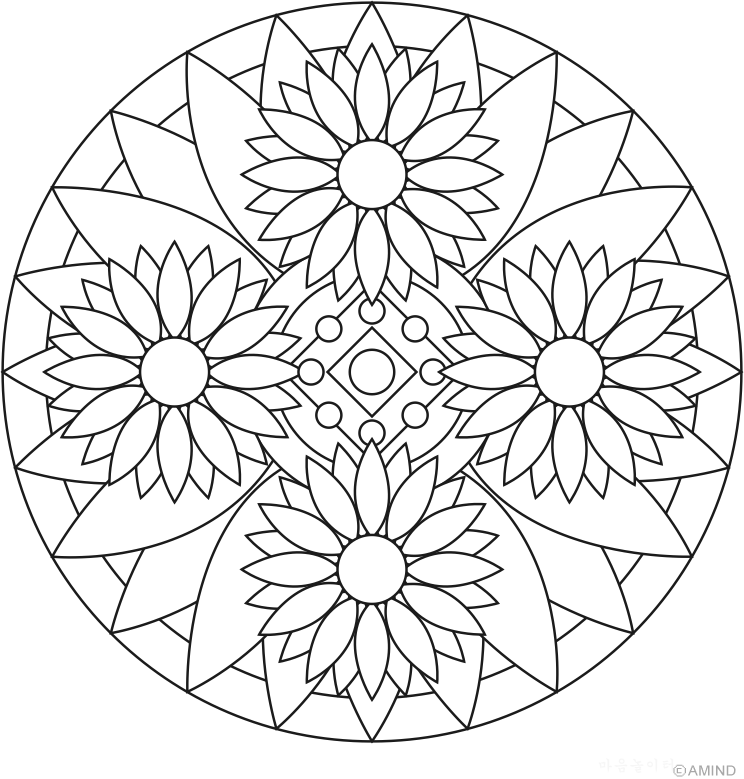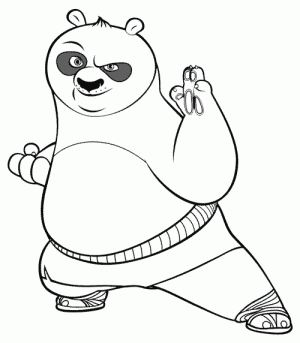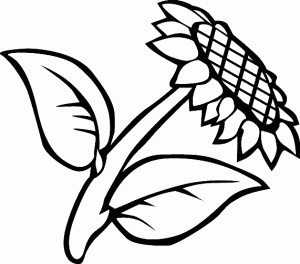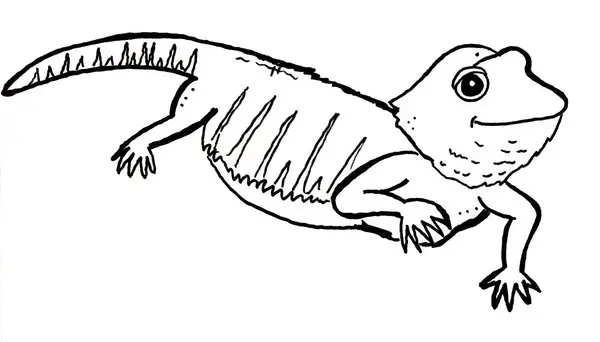In early March, I had the pleasure of interviewing journalist Graham Phillips about the situation in Ukraine. I translated a portion of the interview for publication at VICE Greece at the time. In the months since then, he’s continued to report from Ukraine, and recently made a move from RT to the Russian РЕН ТВ channel.
The original reason I reached out to Graham was because he was the photographer of a widely circulated picture of Svoboda leader Oleg Tyagnibok doing what appeared to be a Nazi salute. However, he took the time to answer broader questions about Svoboda, Stepan Bandera, and Euromaidan among other things. I always thought it would be a shame to keep the March interview in English to myself, so I’m publishing it here in full.
SD: So, is Oleg Tyagnibok doing a Nazi salute in that now famous picture?
GWP: I took that photo of him doing a Nazi salute, it’s one of my images. It’s been widely shared etc, I’m ok with that. Here’s where it gets a bit confusing though, Svoboda and other Ukrainian nationalists chant ‘Slava Nazi’. What it actually, technically means is ‘glory to the nation’. But in Svoboda’s case, with their Nazi orientation, they know full well what they are doing when they chant that. That picture of Oleg was taken just after one of those chants. So was he chanting a Nazi refrain in that photo. Yes and no. I’ve never stated that was specifically the case. But is he a neo-Nazi? Without question.
How did you develop an interest in Ukraine and how long have you spent there?
I think that as an expat here, you have to be honest with yourself about why you came to Ukraine. Either you are one of these Canadian fruitcakes with Ukrainian lineage and you come over preaching to Ukrainians about how to be Ukrainian. Or it’s a compound of the country being, as it was when I came in 2010, containably crazy, cheap, fewer visa issues than Russia, chance to learn Russian, the ladies of course.
Further, as an expat, Ukraine offers a generous scope for reinvention. I was in my early 30s, wasn’t sure what was next, so on a whim, went with Ukraine.
In Greece we saw a tremendous amount of international media attention on neo-nazi Golden Dawn. Why hasn’t this happened with Svoboda?
They’ve flown under the radar a lot. International media can be selective when it comes to Ukraine. Svoboda’s rise to power coincided with the Euro 2012 period, a lot of FEMEN activity, and no one seemed that interesting in Svoboda. I remember writing articles about them in 2012 then being unable to sell them as they were ‘not of international interest’. Working at a news station at the time in Kiev, Jewish News One, I recall pleading with the producer to at least send a camera out for the Stepan Bandera march they were planning on January 1st of 2013 on the next street. But, no luck. Now, the whole world wants to know about Ukraine, a Ukraine at a state of near war, and they’re there directly due to Svoboda’s influence.
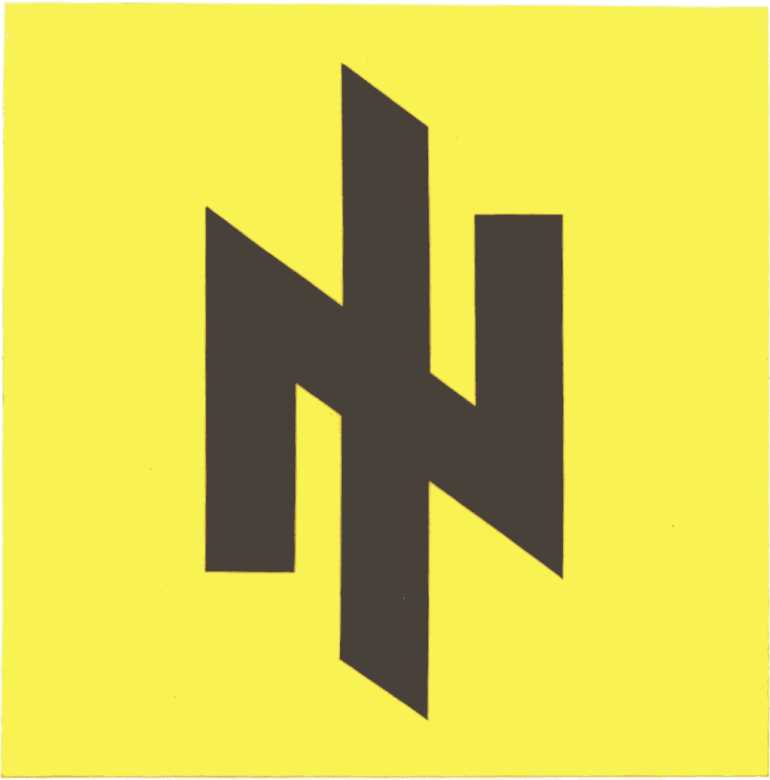
«Емблема Соціально – Національної Партії України» – http://www.minjust.gov.ua/28447. Licensed under Public domain via Wikimedia Commons.
«Логотип ВО Свобода«. Licensed under Fair use via Wikipedia.
The old logo of Svoboda is the Wolfsangel (when they were called the Social National Party). Their new one is the three fingers salute. What does it symbolize?
The Wolfsangel was in use from Svoboda’s formation in 1991 until 2003. Svoboda as we know it was formed by current leader Oleg Tyagnibok and Andriy Parubiy, both in their early twenties then, upon the dissolution of the Soviet Union in 1991. It was formed as an extremist far-right, neo-Nazi party, anti-Russia with no serious thought of taking real power. Its primary aims were to destroy all traces of communism, so essentially the party – who had recruited skinheads and football hooligans, limiting their recruitment to ethnic Ukrainians, went around smashing up Soviet statues and symbols around west Ukraine.
That done, many factions were happy to go along to meetings, venerate Stepan Bandera – a shameless Nazi collaborator they hold as a hero – and fight with east of Ukraine teams at Lviv Karpaty football matches. However, Tyagnibok has always been a shrewd operator, and at the age of 25, in 1994, had been elected into Lviv local government. He successfully managed, many would say still manages, to satisfy the extremist element of his support while also pursuing his own rise up the Ukrainian political hierarchy. Though their alliance with other far-right parties, in an All-Ukrainian Political Movement group which superimposed the Ukraine coat of arms over an emblem very reminiscent of the Nazi Parteiadler scored only 0.16% of the vote, Tyagnibok himself was elected into the Ukrainian parliament. His Social-National party, as it was still then, sat out the 2002 parliamentary election, as it became clear to Tyagnibok that the party’s hardline image was a barrier to their ever achieving real electoral success. So it was, in 2003 the Wolfsangel (inextricably linked with Nazism) went. And in 2004 the Social-National Party became Svoboda.
The three-finger salute itself represents the Ukrainian coat of arms, the Tryzub. Yet Svoboda members still freely use the Wolfsangel, the Swastika, and the sieg heil. This is something Tyagnibok tacitly encourages, and he needs to, as that’s what the hardcore members still vital to the party engage with, rather than the more moderate front presented. As for co-founder Andriy Parubiy, he was most recently involved in leading the violent clashes of Euromaidan, and is now Secretary of the National Security and Defence Council, forming a ‘National Guard’ of effectively guys who want to kill Russians.
What regions is Svoboda popular in?
They are hugely popular in the regions of Lviv, Ivano Frankivsk and Ternopil, an area of some 5 million. Actually there are reports that in Lviv, they take over 50% of the vote. You’d have to look very hard to find a Svoboda voter in the country’s east, with support right down to 1% in certain areas. Actually in Crimea they barely break 1%. Interestingly, in the Kiev region they take under 11%, but in the capital itself, that’s over 17% reflecting both the fact that many come to the city from Svoboda voting areas, and many Kiev-ites thought it rather fashionable to vote for Svoboda in 2012.
How educated is the average Svoboda voter?
Well I know a lot of people in Kiev, intelligent people, who told me they voted for Svoboda in 2012. Most considered it a protest vote, but there was also a feeling of general despondency in the country at that time. Euro 2012 was over, talk was of economic gloom and there just didn’t seem much to look forward to. Svoboda came in, full of energy, rhetoric, and roused voters. The other voting options at that time were a Party of Regions seen very much as ‘establishment’, a Batkivschyna led by an unpopular Yatsenyuk (Tymoshenko in prison at that time), and a new UDAR party led by Klitschko.
Svoboda tapped into that malaise with a vigorous, well-funded (their claim of spending only $3 million hardly plausible) campaign both getting out on the streets doing grass-roots campainging, and a range of PR across media telling Ukrainians presenting a patriotic, passionate message that struck a chord. Ukrainian politics can be very unforgiving, the party of former President Yushchenko took only 1% in that vote. Ex-footballing hero Andriy Shevchenko came unstuck with his move into a political party also some way short of 2%. What Ukrainians like in their leaders, as the country’s history tells us, is someone able to give them a convincing vision of how things will be better. For that, they are prepared to overlook any number of other failings, including in Svoboda’s case the fact that the party always was a neo-Nazi party and despite appearing to moderate, very much still is.
At the Svoboda conference you show an image of nazi memorabilia being sold alongside children’s books. Did this raise any eyebrows?
They were there, swastikas along with any number of Nazi books and texts, just openly displayed in the foyer. That’s the thing with Svoboda though, you don’t need to look very deep to see who they are – a senior member, Yuriy Mykhalchyshyn, maintains a blog espousing at great length the wonder of Joseph Goebbels, the party have recently occupied Kiev’s City Hall for several months with Nazi logos daubed all over that, including a Wolfsangel right at the front door. Svoboda of course distance themselves from this when asked, but then, they would, wouldn’t they.
When you speak to people that vote for Svoboda, what is the usual justification?
Svoboda voters find any number of justifications – usually that no other party appeals to them, Svoboda are a ‘true Ukrainian’ party etc. It’s actually surprising how far they will go in justifying Svoboda, I’ve had messages from Ukrainians, intelligent Ukrainians, telling me even that the swastikas I photographed at the Svoboda Congress in 2012 were ‘ancient Buddhist symobls’. Come on!
As a foreigner and a Russian speaker, did you feel safe at the Svoboda conference?
If I do have a certain profile these days as someone who has often spoken out against Svoboda – and actually if you google them alongside fascism, Nazism, you’ll find my articles near the top, then that wasn’t the case back in 2012. I was unknown to them, actually I still have the email from Yuriy Syrotiuk, a senior member in the party, confirming my accreditation. Earlier that year, he had strongly criticised singer Gaitana’s representing of Ukraine in the Eurovision song contest, on the basis of her having a Congolese father. On the day of the Congress itself, December 8th, he was one of several Svoboda members who went out and assaulted gay campaigners nearby holding a peaceful rally. Svoboda later boasted about that on their official website, calling the rally a ‘Sabbath of Perverts’.
As for my speaking Russian, I just kept my mouth shut, took photos and went and wrote it up. I felt it was something I wanted to record, reflect, just as was without my involvement other than observing.
What are the main reasons you think Svoboda is a neo-nazi party?
Their policy is, to a letter, based on ethnic division and persecution. Of course there are Tyagnibok’s numerous and well-documented anti-Semitic remarks. Comments attributed to him on Svoboda forums referring to Russians as scum who should be killed. The party have tried to soften their line, but they keep slipping.








During Euromaidan, you captured some interesting things: a spray-painted Wolfsangel outside the occupied Kiev city hall, someone doing a Nazi salute during the Euromaidan protests, as well as armed protesters with a Wolsangel on their helmets. What are your thoughts on this and how do Ukrainians see this?
That top photo, it was early morning, about 4am as I recall, and I was wandering around Euromaidan. These guys were the self-appointed ‘Euromaidan guards’, minding City Hall. I asked them what their politics were, one of them hid his face and threw a ‘sieg heil’. The Wolfsangel of course too. But, Svoboda’s PR was good during Euromaidan, they even made out they had fought against the far-right ‘Pravy Sector’, making them appear more moderate.
Yet, despite their PR operation, I think there are enough voices calling Svoboda out on what they are now to make most intelligent Ukrainians have sufficient doubts so as to preclude their voting Svoboda. There is always a ceiling number of Ukrainians who would anyway – if we call that around 20% – they got a bit over 10% in 2012, it tells you why they were so keen in Euromaidan to push for a revolutionary overthrow of government rather than go into a democratic election.


What do people think of the Lenin statues that are being torn down?
I’m travelling around Ukraine right now asking Ukrainians about that. Of course, there are some in favour of it. But there are equally those very opposed, on several grounds. While I’ve not heard from many much real adoration of Lenin himself, these statues were symbolic things. I had a woman in Nikolaev tell me, close to tears, that she got married in front of that statue, her children had taken some of their first steps in front of it. What’s there, in Nikolaev’s case, is an ugly, defaced stump in the main public square of the city. In Kherson, it’s been redaubed as a tribute to those activists who died in Euromaidan. As one woman there pointed out to me, with the demolition of the old Ukrainian cinema on the other side of the road, Lenin’s going simply left a void at the centre of the city.
It’s not just been older citizens upset, though they have generally been the most emotional. Many younger Ukrainians have also expressed their unhappiness at his removal. In cities with Lenin left, of which there are several in the east, sentiment towards him could now be classified as rather protective, almost thinking of him as vulnerable rather than an indomitable Soviet figure. The most common sentiment towards the Lenin statues has been those, of all ages, telling me there’s no need to destroy history, and that if Lenin were to have been removed an alternative should have first been proposed. These removals are quite new, just a couple of weeks, so people are adjusting to some towns which have really been radically transformed by his absence. For those still with Lenin’s, some do strongly want him removed, more strongly want him to stay. Most say, in Russian ‘pust budet’ – just let him be.
You had written that the occupiers were asking for your passport in order to enter. How did you manage to gain entry to the city hall?
That was just the time-honoured Escape to Victory trick of latching onto a group of people walking in and keeping my head down.
In this picture we see the Svoboda banner hanging in the occupied Kiev city Hall. Who is the man in the picture?
Stepan Bandera, of whom I’ve written above. Actually I’ve written a lot about him, putting my first blog up on him in April of last year, followed up by others. As his prominence has risen throughout recent months, more and more people have been coming to my blog having searched for his name. Actually on the streets of Ukraine these days, at least the east, you hear the epithet ‘Banderite’ several times a day. It means of course someone who follows him and is used interchangeably with ‘fascist’ or ‘Nazi’. That is just what Stepan Bandera was – a craven, brazen, brutal Nazi collaborator.
Was seeing the Svoboda occupation of the Kiev city hall and Hrushevskoho Street what convinced you that they «are orchestrating the whole operation»?
It certainly played a part. UDAR and Batkivschyna vests and flags were vastly outnumbered on Maidan, compared to Svoboda. Given the close ties, further, you can take red and black flags with their connection to the Ukrainian Insurgent Army, the UPA, as de facto Svoboda. Also to remember about Maidan that surveys showed most of these guys down there as having mainly come from the west of Ukraine – there were trains, buses, convoys of cars arriving from Svoboda’s power bases throughout Euromaidan. Also, Svoboda were the party powering it along via Oleg Tyagnibok’s strident rhetoric, on stage, on Twitter – calling for supporters to join in the ‘revolution’, fight against the state and on. That’s one thing, Svoboda members like Oleksandr Aronets went even further, stating it was a matter of honour to join in the ‘revolution’ and that members should go with whatever weapons they could, and go ready to fight in a ‘war’, as if they didn’t the Russian flag would soon be flying over Ukraine.
Filed under: English Tagged: Euromaidan, Graham Phillips, Oleg Tyagnybok, Svoboda, Ukraine








